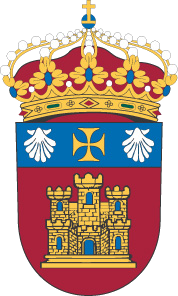Por favor, use este identificador para citar o enlazar este ítem: http://hdl.handle.net/10259/3837
Título
Assessment of resistance spot welding quality based on ultrasonictesting and tree-based techniques
Publicado en
Journal of Materials Processing Technology. 2014, V. 214, n. 11, p. 2478–2487
Editorial
Elsevier
Fecha de publicación
2014-11
ISSN
0924-0136
DOI
10.1016/j.jmatprotec.2014.05.021
Abstract
Classification and regression tree (CART) and random forest techniques were proposed as pattern recognition tools for classification of ultrasonic oscillograms of resistance spot welding (RSW) joints. The results showed that CART models produced an acceptable error rate with high interpretability. These features may be used to understand and control the decision processes, instruct other human operators, compare margins of safety or modify them depending on the criticality of the industrial process. Compared with CART trees, random forests reduced the error rate at the cost of decreasing decision interpretability. The use of the agreement of the forest was proposed as a measure to reduce the workload of human operators, who would only have to focus on the analysis of ultrasonic oscillograms that are difficult to interpret
Palabras clave
Resistance spot welding
Non-destructive ultrasonic testing
Random forest technique
CART trees
Classification
Quality control
Materia
Gestión de empresas
Industrial management
Versión del editor
Collections










